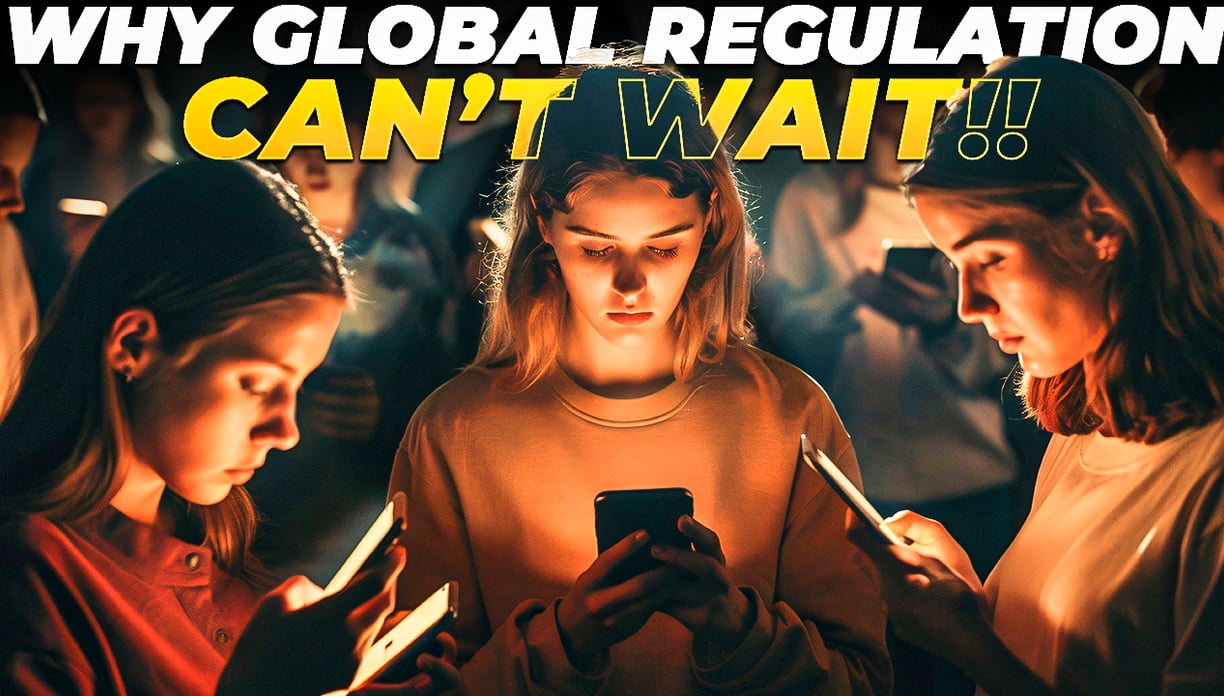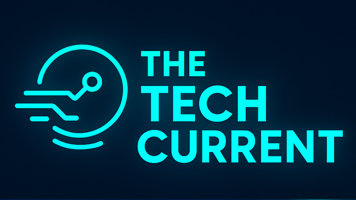How Social Media Shapes Youth Wellbeing — And Why Global Regulation Can’t Wait
Behind every scroll and swipe is an algorithm shaping how we think and feel. Are governments doing enough to protect our kids?
TECH & SOCIETY EXPLAINED
6/29/20252 min read


📲 Social Media’s Invisible Influence
From TikTok to YouTube, social media platforms have become digital playgrounds for the world’s youth. While they connect us, entertain us, and teach us, they also shape behavior in ways that can be deeply harmful—often invisibly.
A single TikTok dance trend might look harmless. But dig deeper: research shows that health advice on TikTok can be dangerously misleading. Studies have found that nearly all TikTok videos offering rehab tips for ankle injuries were rated “poor” or “very poor” in accuracy—risking real-life harm for young people following bad advice.
🧠 Addictive by Design
It’s not just the content—it’s the design.
Platforms like YouTube and Instagram use recommendation algorithms that keep you scrolling for as long as possible. That’s their job: maximize your attention. The problem? Young minds are more vulnerable to this endless feed.
One study described this as the “rabbit hole effect.” A child starts with innocent cartoons and can end up watching conspiracy theories or dangerous stunts—without ever searching for them. The longer you watch, the more radical the content can become.
🌍 Some Countries Are Acting—Most Are Not
Thankfully, some governments have begun to step up.
🇦🇺 Australia passed a world-first ban blocking under-16s from social media without verified age checks.
🇬🇧 The UK’s Online Safety Act forces platforms to change how algorithms work for teens, filter harmful content, and be more transparent.
🇪🇺 The EU’s Digital Services Act demands rapid removal of illegal content, algorithm audits, and bans on manipulative design tricks.
But here’s the problem: some of the world’s most populous nations are falling behind.
🇮🇳 In India, the rules focus more on takedowns than on kids’ safety.
🇵🇰 In Pakistan, laws exist but lack teeth or consistent enforcement.
🇮🇩 Indonesia has promising proposals for child safety—but they’re still on paper.
Meanwhile, millions of teens scroll daily, unprotected.
🤔 Is Regulation the Right Answer?
Some say government rules go too far—risking free speech or adding clunky age checks that don’t work. Others warn about privacy risks when teens hand over IDs.
But what’s the alternative?
If we leave wellbeing to profit-driven algorithms, who pays the price?
✅ Where Do We Go From Here?
Smarter regulation is not about banning the internet. It’s about redesigning it with young people in mind.
✅ Make algorithms transparent.
✅ Enforce age-appropriate design.
✅ Impose real penalties for repeat offenders.
✅ Teach digital literacy in schools.
✅ And most importantly: include youth voices in the conversation.
📣 The Bottom Line
Social media isn’t going away. But our silence can’t stay either.
It’s time for smart rules that balance freedom, innovation, and wellbeing—no matter where young people live.
🎥 Watch Our Deep Dive
For a full breakdown, watch our YouTube video:

Insights
Exploring technology's impact on society and business.
Trends
Digital
contact@techcurrent.com
© 2025. All rights reserved.
